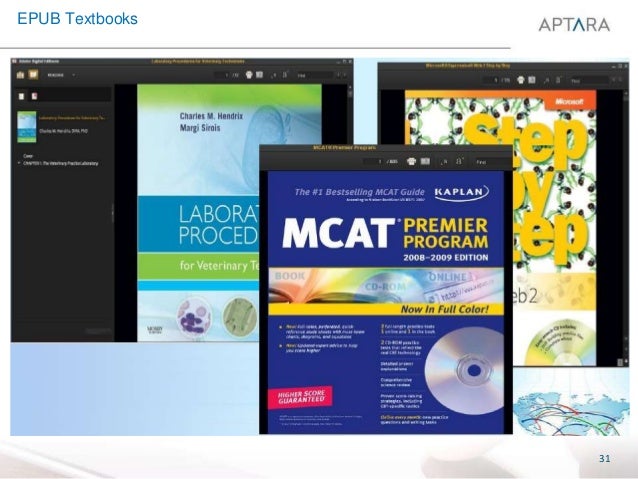Charles Rosen Forma Sonata Pdf Printer
Documents Similar To Formas de Sonata - Charles Rosen. Skip carousel. Carousel previouscarousel next. Historia de la musica en 180 ejemplos 1º parte. Teoria General de La Musica-grabner. Elementos Constitutivos de La Musica, Ernst Toch. Clemens Kuhn - Historia de. Ludwig van Beethoven (1770-1827) completed thirty-two piano sonatas between 1795 and 1822. When he published the first opus, a set of three (Op. 2), few could have imagined the extent to which his writing would evolve by the time he published the last sonata, Op. Ill, twenty-seven years later in 1822.
- Charles Rosen Forma Sonata Pdf Printer Download
- Charles Rosen Forma Sonata Pdf Printer Manual
- Charles Rosen Forma Sonata Pdf Printer Free
Mouton (The Hague), Humanities Press, 32 pp., $3.25 I“It is equally fatal intellectually to have a system and to have none. One must decide to combine both.”—F. Von SchlegelHeinrich Schenker claimed that if you did not hear music according to his system, you could not be said to hear it at all. Moreover, his system was not elaborated with much consideration for more traditional ways of looking at, or listening to, music.
He swept away as trivial and insignificant not only such notions as “modulation” and “sequence” but even “melody,” the common man’s way of recognizing and appreciating music. Schenker’s contempt for the layman is exceeded only by his contempt for all previous theoretical work before his own except that of Karl Philipp Emanuel Bach.Schenker was the musical heir of the great Romantic literary critics of the early nineteenth century, like Friedrich von Schlegel, who conceived the task of the critic as being to convey the unity of the work of art. At the time of his death in Vienna in 1935 at the age of seventy-eight, he was ignored by most of the world of music except for a small group of distinguished pupils and admirers. Before Schenker, the analysis of a musical work was largely an articulation of its parts. Even today the most common method is still to identify the succession of themes and to note which ones appear more than once.


A more technical analysis may articulate the harmonic scheme, listing the different keys to which the music moves and their relation to the main key of the piece (the tonic).Schenker tried instead to show not how the piece may be divided up, but how it held together. A beginning was made toward this end in music criticism as early as E.
Hoffmann, who observed how a work of Beethoven seemed to derive from a single motif, and traced this technique of composition back to Haydn and Mozart. For later nineteenth- and twentieth-century critics, however, analysis of motifs became only a new way of atomizing a work of music, and matters remained at this relatively primitive level until Schenker revived Romantic aesthetics and combined it with an anticipation of certain aspects of structuralism.Schenker’s analyses contain the most important and illuminating observations made in this century about the music written between 1700 and 1880. Until now only the earliest and weakest of his books, a treatise on harmony, was available in English.
Charles Rosen Forma Sonata Pdf Printer Download
A translation of the central theoretical work, Der Freie Satz, has never been published, nor are there any English versions of his analyses of Beethoven’s Third, Fifth, and Ninth Symphonies and the last piano sonatas.For this reason two recent publications are welcome: the Five Graphic Music Analyses and, in Music Forum, Vol. II, a discussion of the Saraband of Bach’s C Major Cello Suite, one of the essays (and by no means the most significant one) from the volumes called Der Meisterwerk in der Musik. The Five Graphic.
Charles Rosen Forma Sonata Pdf Printer Manual
Abstract'Charles Rosen, in his book, Sonata Forms, discusses the ways in which sonata form elevated pure instrumental music, gripping the attention of audiences “without the seductions of spectacle, the sentiments of poetry, and the emotions of drama, or even the dazzling technical virtuosity of singer and performer.”1 Sonata forms accomplished this by providing a clear analogy for dramatic action, containing an identifiable climax—a moment of maximum dramatic tension to which the first part of the work pushes towards and which the composer systematically resolves. Furthermore, Rosen writes: It is a closed form, without the static frame of ternary form; it has a dynamic closure analogous to the denouement of eighteenth-century drama, in which everything is resolved, all loose ends are tied up, and the work rounded off.2 Hence, dramatic inclinations play an essential role in sonata form. Beethoven uses sonata form in three of the five movements in his Pastoral Symphony. However, despite employing sonata form procedures, he achieves a totally opposite effect from Rosen’s heightened drama—in the Pastoral Beethoven employs sonata form to achieve calm, placid, stasis. The purpose of this thesis is to examine the ways in which Beethoven defies normative practice in the three sonata form movements of the Pastoral Symphony in order to express the stillness and placidity of the pastoral expressive genre. In accordance with James Hepokoski and Warren Darcy‘s labels, the first and second movements are Type 3 Sonatas, while the fifth movement is a Type 4 Sonata. 1 Charles Rosen, Sonata Forms (New York: Norton, 1988), 10.
Charles Rosen Forma Sonata Pdf Printer Free
3 Furthermore, I will propose that through these sonata form movements, Beethoven expresses his personal religious sentiments towards nature, refracted through the composer’s engagement with the ideas of the philosopher, Emmanuel Kant and the preacher, Christoph Christian Sturm.'





